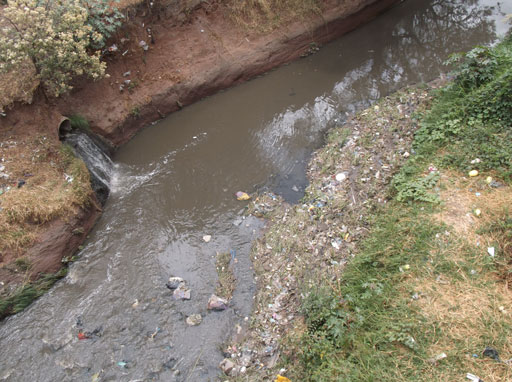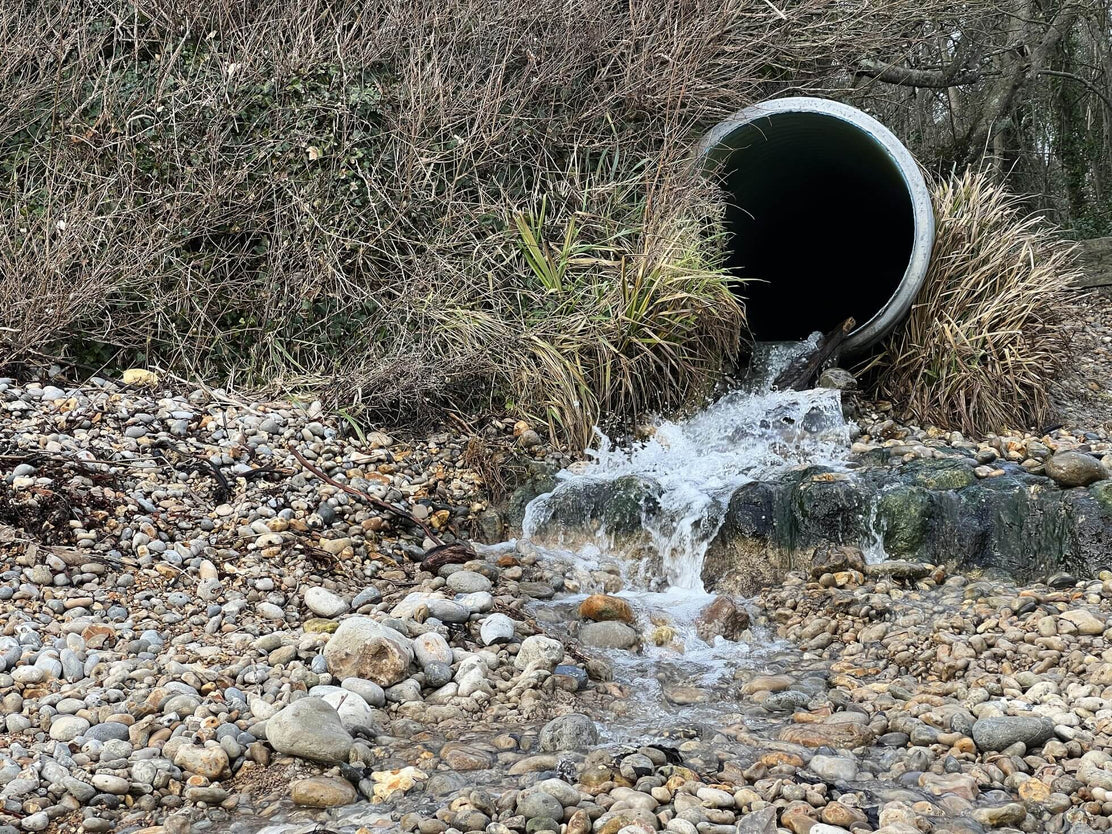Innovative Industrial Wastewater Treatment Solutions: Protecting the Atmosphere
Innovative Industrial Wastewater Treatment Solutions: Protecting the Atmosphere
Blog Article
How Liquid Garbage Disposal Works: An In-depth Summary of Methods and Technologies Employed

Summary of Fluid Waste Types
The complexity of fluid waste kinds requires a thorough understanding of their attributes and ramifications for disposal. Liquid waste can broadly be classified into a number of types, consisting of commercial, community, farming, and unsafe waste. Each classification exhibits distinctive properties, requiring certain management approaches to mitigate ecological and health and wellness threats.
Industrial fluid waste stems from producing procedures and frequently has a series of contaminants, such as heavy metals, solvents, and organic compounds. Community liquid waste, mainly comprising wastewater from houses and industrial establishments, includes organic matter, nutrients, and virus (industrial wastewater treatment). Agricultural liquid waste, consisting of overflow from farms, may contain plant foods, pesticides, and pet waste, presenting risks to water quality and ecosystems
Hazardous liquid waste is defined by its poisoning, sensitivity, or possible to cause injury. Understanding these diverse liquid waste types is vital for establishing effective disposal methods and making certain conformity with environmental guidelines.
Physical Therapy Techniques

Testing is the first action, where larger fragments and particles are removed from the fluid waste using screens or grates. In sedimentation tanks, heavier particles resolve at the bottom, forming a sludge layer, while the made clear fluid can be further treated.
Filtration is another necessary method that involves passing the fluid with permeable products, such as sand or membrane layers, to catch smaller fragments. This step boosts the high quality of the liquid, making it suitable for succeeding therapy procedures.

Chemical Therapy Methods
Chemical treatment methods are important for effectively handling liquid waste, particularly in attending to dissolved and colloidal contaminants that physical approaches might not appropriately remove. These methods utilize different chemical agents to neutralize, precipitate, or transform dangerous materials right into much less dangerous forms.
One common technique is coagulation and flocculation, where chemicals such as alum or ferric chloride are added to advertise the gathering of put on hold particles. This procedure boosts sedimentation, enabling simpler removal of the resulting sludge. Additionally, oxidation procedures, using representatives like chlorine or ozone, are used to damage down intricate organic substances and pathogens, providing the waste more secure for discharge or additional therapy.
Neutralization is one more important technique, which adjusts the pH of acidic or alkaline waste streams to neutral levels, avoiding possible injury to downstream systems and the setting. Additionally, advanced oxidation procedures (AOPs) use combinations of oxidants and ultraviolet light to degrade persistent contaminants, accomplishing a higher degree of treatment efficiency.
Biological Therapy Processes
Organic therapy procedures play an important function in the monitoring of liquid waste by making use of microbes to decay raw material and minimize pollutant levels. These procedures can be broadly categorized into anaerobic and cardiovascular therapies, each using specific microbial neighborhoods to achieve effective waste deterioration.
Cardio therapy involves making use of oxygen to promote the malfunction of organic products by germs. This process is frequently carried out in triggered sludge systems, where aeration storage tanks give a favorable setting for microbial growth, bring about the oxidation of natural pollutants. The resultant biomass can be divided from treated effluent via sedimentation.
On the other hand, anaerobic therapy happens in the lack of oxygen, counting on various get more microorganisms to break down natural matter. This technique is especially advantageous for high-strength waste, as it generates biogas, an eco-friendly energy source, while reducing sludge manufacturing. Technologies such as anaerobic digesters are often used in metropolitan and industrial applications.
Both aerobic and anaerobic biological therapies not only minimize the ecological impact of fluid waste but likewise facilitate resource recuperation, making them crucial elements of lasting waste management methods. Their versatility, performance, and efficiency support their widespread implementation across different fields.
Arising Technologies in Disposal
Ingenious methods to i was reading this fluid garbage disposal are rapidly advancing, driven by improvements in innovation and a boosting emphasis on sustainability. Among these emerging modern technologies, membrane bioreactors (MBRs) have gotten grip for their ability to combine biological treatment with membrane layer purification, resulting in top notch effluent that can be recycled in numerous applications. MBRs enable smaller footprints and much more effective operations compared to standard systems.
An additional encouraging growth is making use of anaerobic food digestion incorporated with nutrient recuperation modern technologies, which not just deals with fluid waste yet additionally produces biogas and recuperates beneficial nutrients like nitrogen and phosphorus. This twin advantage improves resource efficiency and lowers environmental impact.
Additionally, progressed oxidation procedures (AOPs) are being embraced for the deterioration of intricate natural contaminants. These techniques utilize effective oxidants and stimulants to damage down impurities at the molecular level, providing a highly reliable option for difficult waste streams.
Furthermore, the combination of expert system and maker discovering in waste management systems is maximizing functional effectiveness and predictive upkeep, causing reduced prices and enhanced environmental conformity. These technologies mirror a substantial shift in the direction of more effective and sustainable fluid waste disposal techniques.
Final Thought
To conclude, reliable fluid garbage disposal demands a comprehensive understanding of various methods and technologies. The assimilation of physical, chemical, and biological therapy methods makes certain the effective management of varied waste types. In addition, the development of cutting-edge technologies boosts treatment efficacy and promotes sustainability in waste monitoring practices. By constantly progressing these methodologies, it ends up being possible to deal with the expanding challenges connected with fluid waste, inevitably contributing to ecological defense and source healing.
Fluid waste disposal is an important element of Find Out More ecological management, requiring an extensive understanding of various methods and innovations customized to various waste kinds. Fluid waste can generally be classified right into a number of kinds, consisting of commercial, metropolitan, farming, and harmful waste. Agricultural fluid waste, consisting of drainage from ranches, might have plant foods, chemicals, and animal waste, positioning risks to water high quality and environments.
Numerous physical treatment techniques play an essential duty in handling fluid waste efficiently - industrial wastewater treatment.In final thought, effective fluid waste disposal demands a comprehensive understanding of different techniques and modern technologies
Report this page